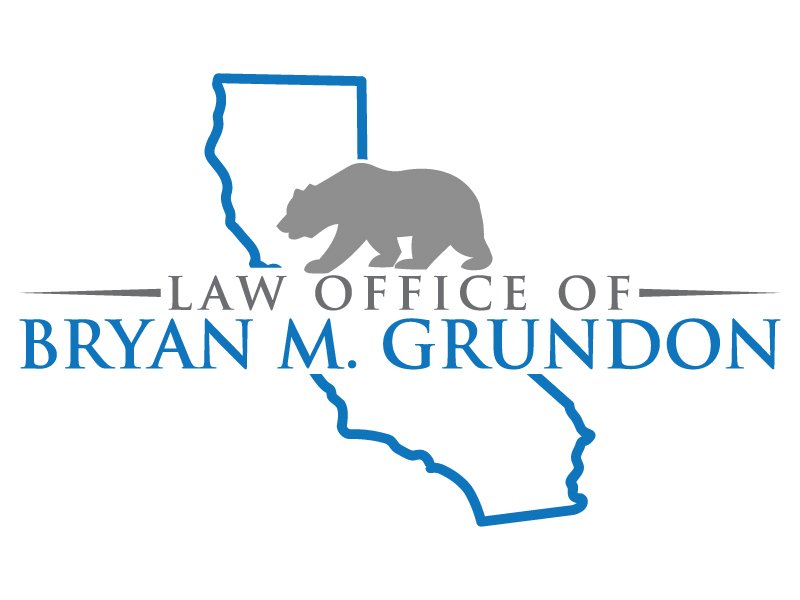The Power of Till Taps:
In the realm of debt collection, the Keeper Levy and Till Tap emerge as distinct strategies for recovering unpaid debts. The crux of their disparity lies in the temporal framework allocated to the Sheriff's department for execution.
Unlike the Till Tap, where cash receipts are swiftly intercepted within a designated timeframe, a Keeper Levy takes a more comprehensive route. It enables the business to solely accept cash during its enforcement period, capturing all generated cash inflow. Join us as we unveil the intricacies of these methods, their applications, and how they influence the dynamics of debt recovery. Gain insights into their respective benefits and considerations, equipping yourself to navigate the world of debt collection adeptly.






